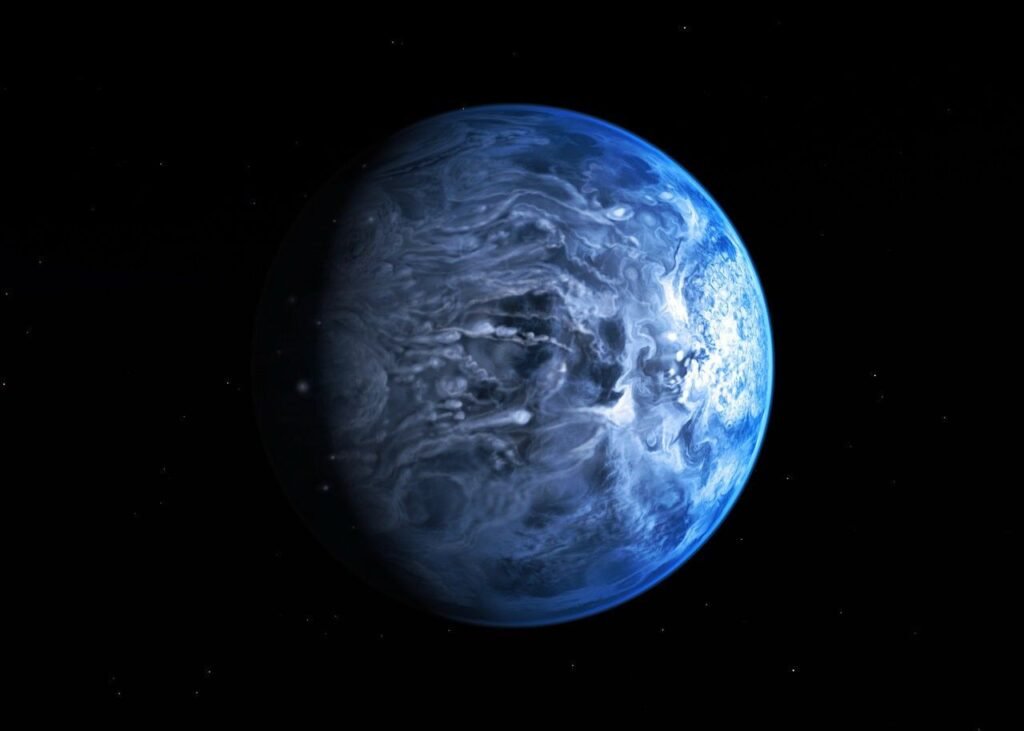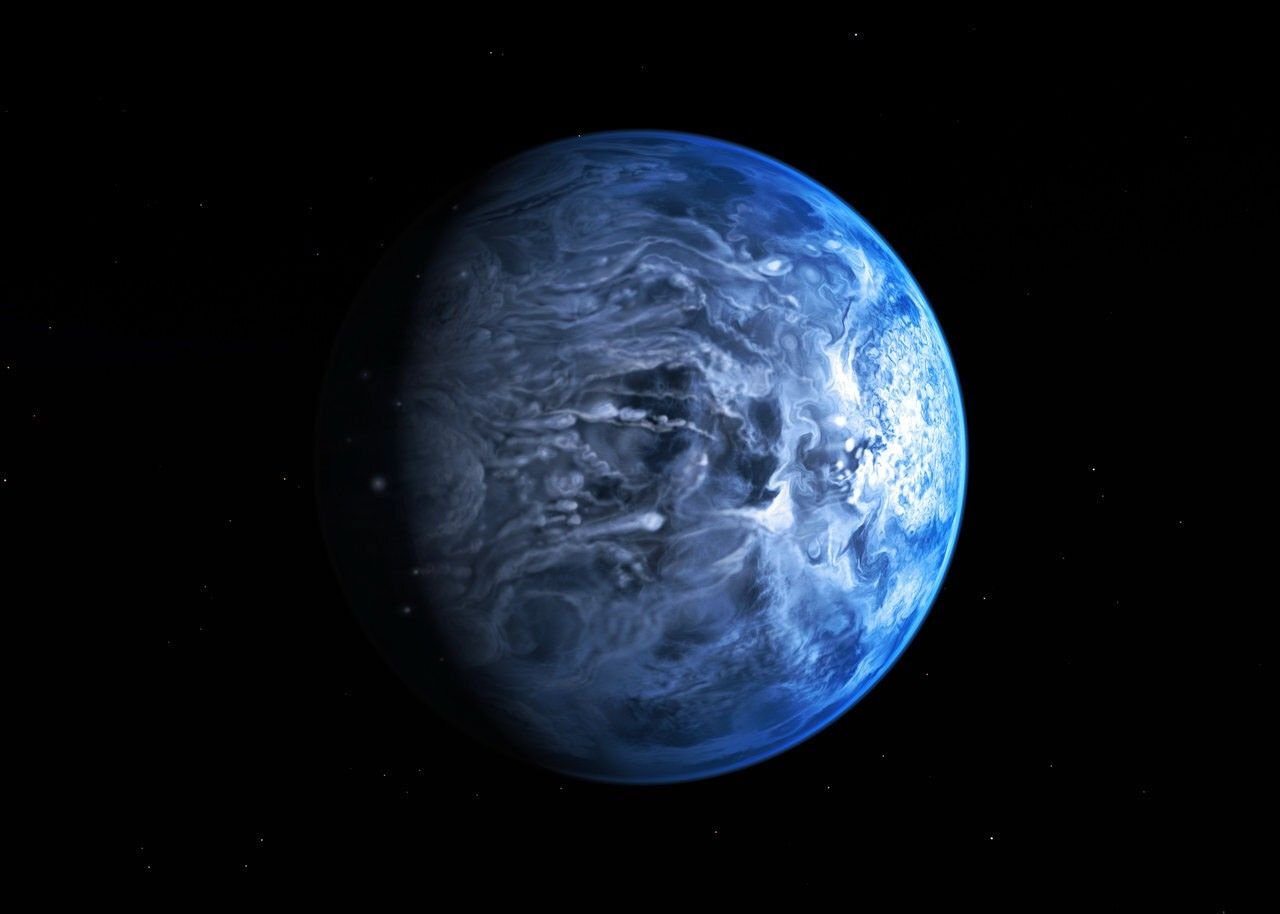Hold onto your hats, space fans, because NASA just dropped a bombshell discovery that sounds straight out of a sci-fi nightmare!
Imagine a planet that looks like Earth’s stunning blue twin, but instead of gentle rain, it’s getting absolutely hammered by sideways-flying, molten glass, at speeds of 4,300 miles per hour! Yeah, you read that right.
Meet HD 189733 b: The Planet Where It Rains Glass!

Forget your umbrellas, because on HD 189733 b, a “strong brolly” ain’t gonna cut it, as one Instagram user hilariously quipped!
First spotted by French astronomers way back in 2005, this terrifying exoplanet is chilling 64 million light-years away in the constellation Vulpecula.
And while it might look like a cosmic jewel, don’t be fooled – this bad boy is a certified death trap.
Too Close for Comfort: A Tidally Locked Terror
This “hot Jupiter” gas giant is practically snuggling its parent star, HD 189733, at a mere 2.9 million miles away.
This close proximity means it’s “gravitationally tidally locked” – one side is forever baked in scorching daylight, while the other is plunged into eternal darkness.
Think of it like our Moon, always showing us the same face, but with a slight difference in temperature!
NASA’s Deep Dive into a Deadly World
Thanks to its unique tidally locked state, scientists have been able to get a closer look at HD 189733 b than most other distant worlds.
- In 2007, NASA’s Spitzer Space Telescope took its temperature, and boy, was it a shocker! The day side is a blazing 500 degrees Fahrenheit hotter than the night side. This insane temperature difference creates epic, planet-wide winds that make Earth’s hurricanes look like a gentle breeze. We’re talking wind speeds of up to 5,400 mph (2 km/s) – that’s seven times the speed of sound!
- Then, the Hubble Space Telescope confirmed its stunning deep blue color. But hold on, it’s not from oceans like ours! This gorgeous hue comes from something far more sinister: an atmosphere of a scorching 2,000 degrees Fahrenheit (1,093 Celsius) where rock-forming silicate particles melt and form “raindrops” of glass! And did we mention they rain down sideways?
No Humans (or Robots) Allowed!
Let’s be clear: this is NOT a vacation spot. The combination of molten glass rain, screaming winds, and extreme temperatures means no human, and likely no current robotic probe, could survive this hellish environment.
As one social media user joked, “Let me know when they find one that rains money!” Sadly, no cash here, just pure, unadulterated planetary chaos.
Unlocking Cosmic Secrets
Despite its utterly hostile nature, HD 189733 b is a goldmine for scientists studying exoplanet atmospheres. It was one of the first distant worlds where researchers directly detected water vapor, methane, and carbon monoxide.
This incredible data is helping us understand how planets form and evolve far beyond our solar system.
So, while we won’t be packing our bags for HD 189733 b anytime soon, it’s a truly wild reminder of the mind-boggling diversity (and danger!) of the universe. What do you think is the most terrifying planet discovery out there?












